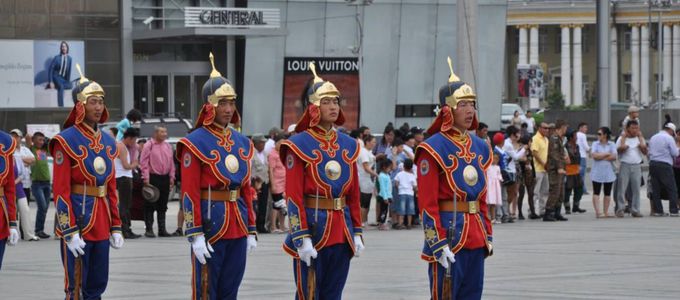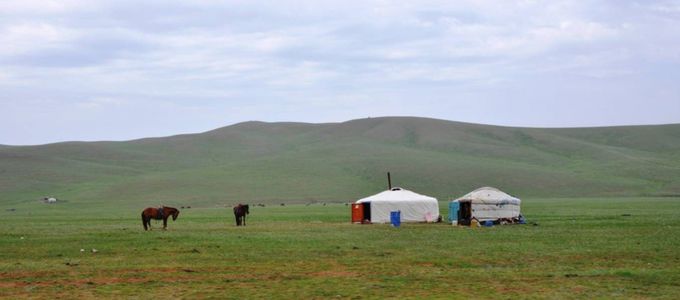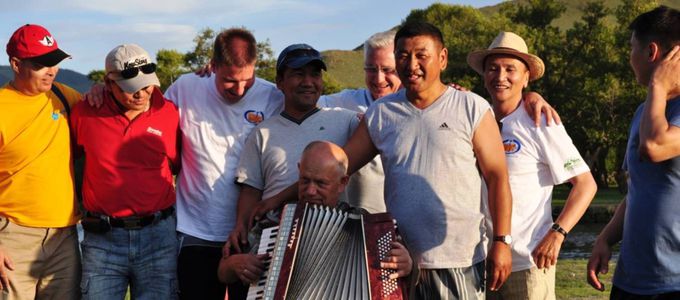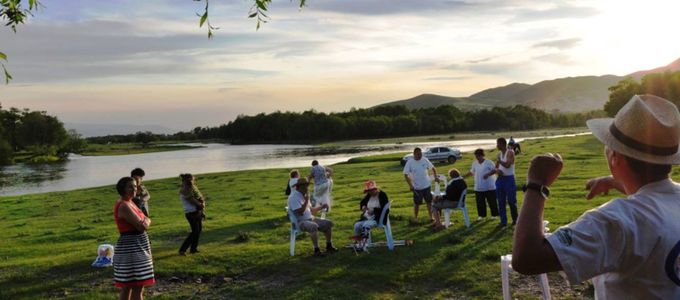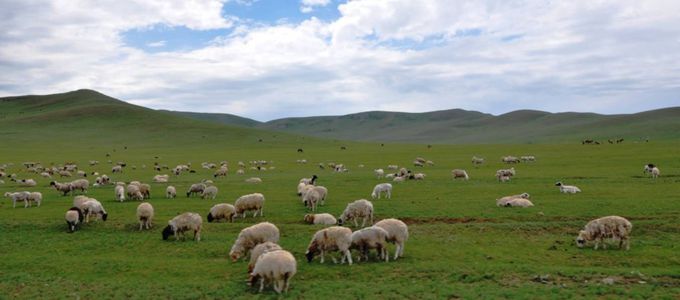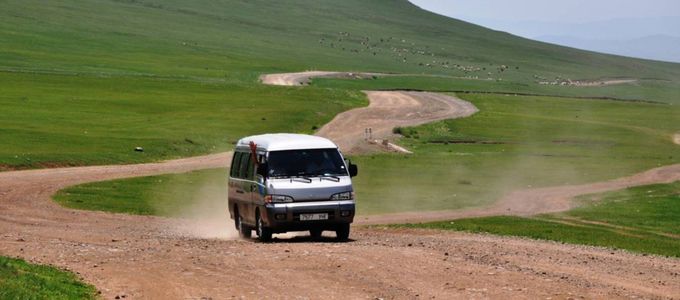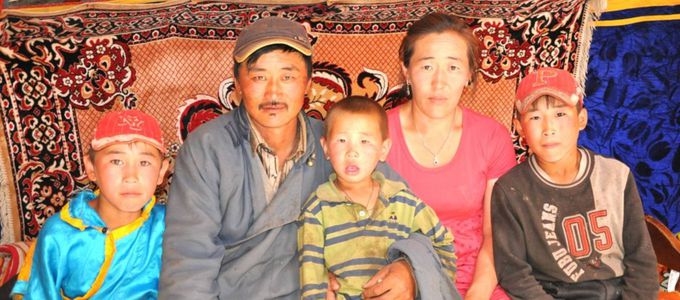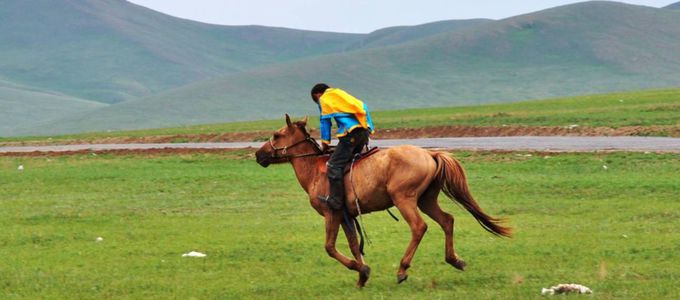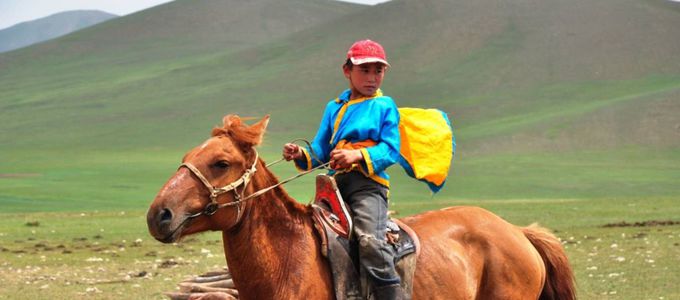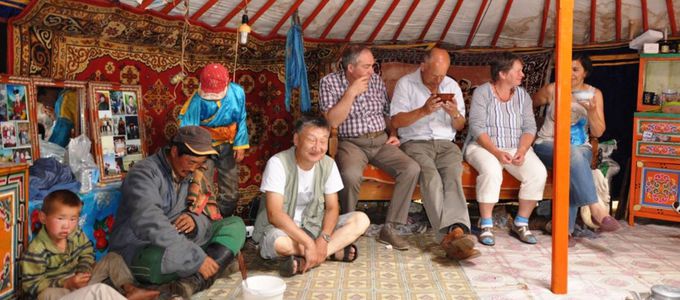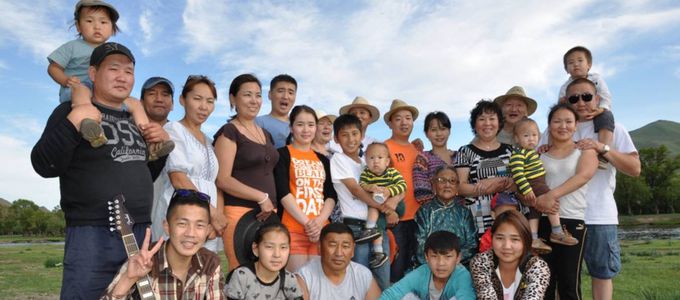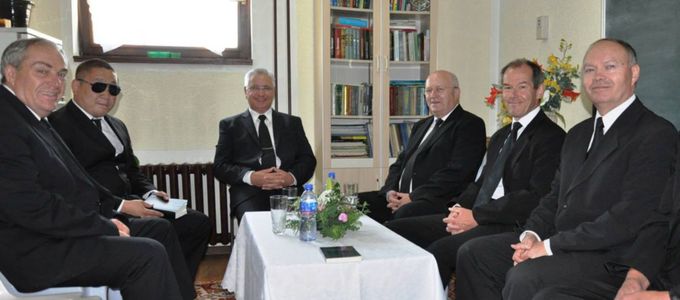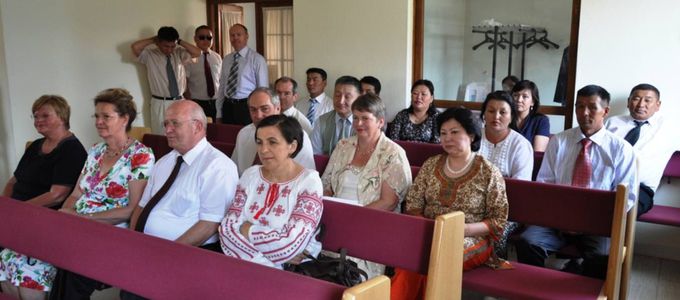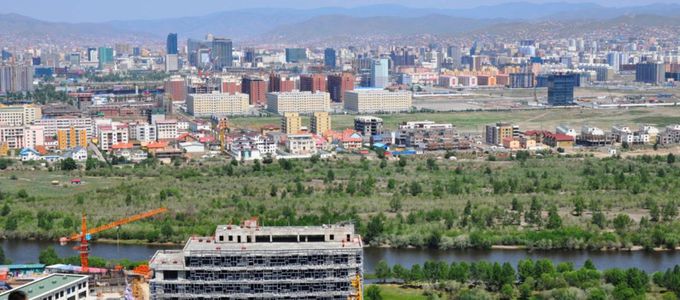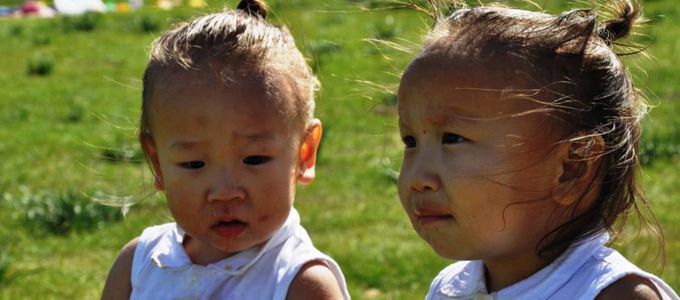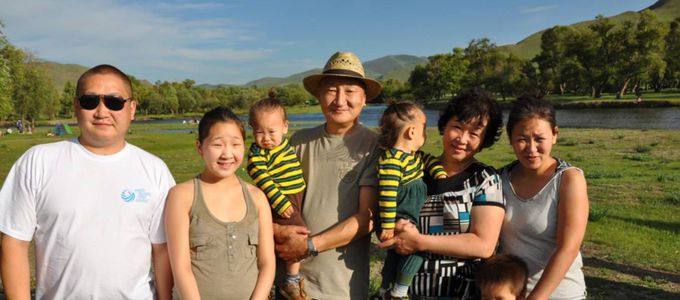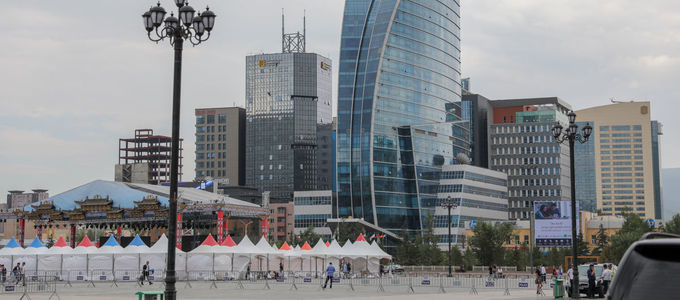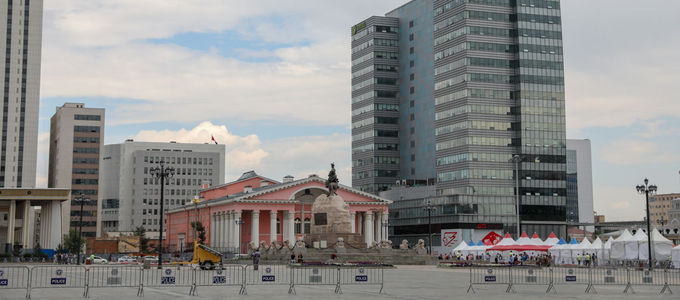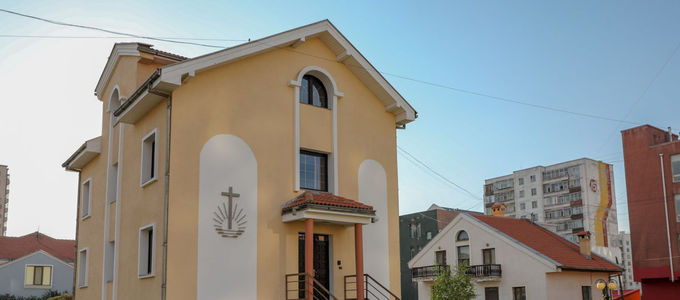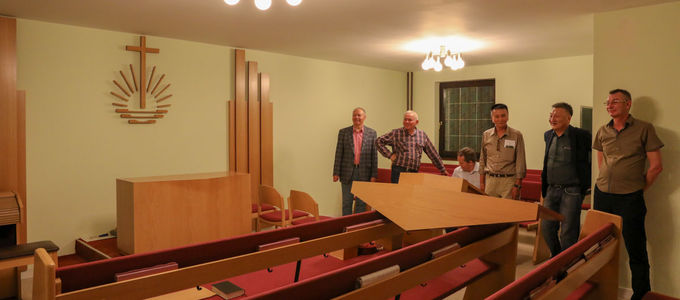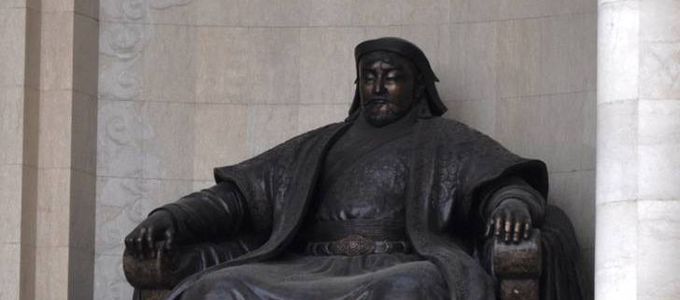
What do you think of when you hear “Mongolia”. Yaks, the Gobi Desert, Genghis Khan? Mongolia has more to offer, much more: the people are extremely friendly and hospitable, and there is a lot of creativity.
Chief Apostle Jean-Luc Schneider will board a flight for Ulaanbaatar later tonight. He and his party will spend Thursday and Friday there. Ulaanbaatar is not only the largest city in the country, but also the national capital. About forty per cent of the country’s entire population lives in the capital. It sounds huge, but is far from it. With just over three million people, Mongolia is considered the world’s most sparsely populated country on earth. Ulaanbaatar is the political, economic, and cultural hub.
Real Mongolia
The history of Mongolia is another story entirely: aggressive, forever changing, exciting. Its borders were often altered, the population suppressed, the country repeatedly annexed. Nevertheless, over the centuries the people have been able to preserve their typical Mongolian identity. For example traditional Mongolian cuisine: fried or steamed buuz (steamed dumplings filled with meat), tsuivan khool (noodles with carrots and cabbage), guriltai shol (noodle soup), boortsog (a type of biscuit or cookie), or aaruul (dried curds). These are the names of some traditional dishes. Many people have a romantic idea of Mongolia, but the life there is hard. The people have to work hard for the little they have. The country is rich in mineral resources, and if it were to be exploited it could become the Dubai of the East.
A desert state in Asia
And there is indeed plenty of sand here, in the Gobi Desert, for example. The country can be divided into three zones: mountains, the basin area between them, and an enormous upland plateau. The sprawling landscape is certainly spectacular and vast, but monotonous. According to latest estimates, nearly 90 per cent of Mongolia’s surface is threatened by desertification. For tourists, the climate too is something that takes some getting used to: hot summers, long and cold winters, and extremely dry air.
Here in the land of Gengis Khan most people have adopted Tibetan Buddhism (Lamaism). Elements of shamanism, which is the primitive religion in Central Asia, have been preserved and are enjoying a renaissance. Islam and Christianity are practised by a minority. Nearly 300 Christians profess the New Apostolic faith. There are eight congregations which are looked after by Apostle Marat Akchurin from Russia and fifteen additional ministers. Since many people are nomads and move around with their herds in search of pastureland, not all the congregations are always open—another peculiarity in the country.
The Chief Apostle’s agenda
The Chief Apostle is scheduled to arrive in Ulaanbaatar at six o’clock tomorrow morning. He will visit the church and congregation there, but will conduct the service in a hotel on Thursday evening. The church building is too small. On Friday he and his party will go on an excursion to explore the Mongolian steppe. On Saturday morning, the Chief Apostle will then board a flight for Moscow, where a meeting for Apostles has been scheduled for eleven o’clock in the morning and a meeting for district leaders later in the afternoon. And between the two meetings there will be a concert. A busy agenda.
Chief Apostle Schneider will conclude his tour to the East with a final service in Moscow on Sunday at eleven o’clock in the morning.






